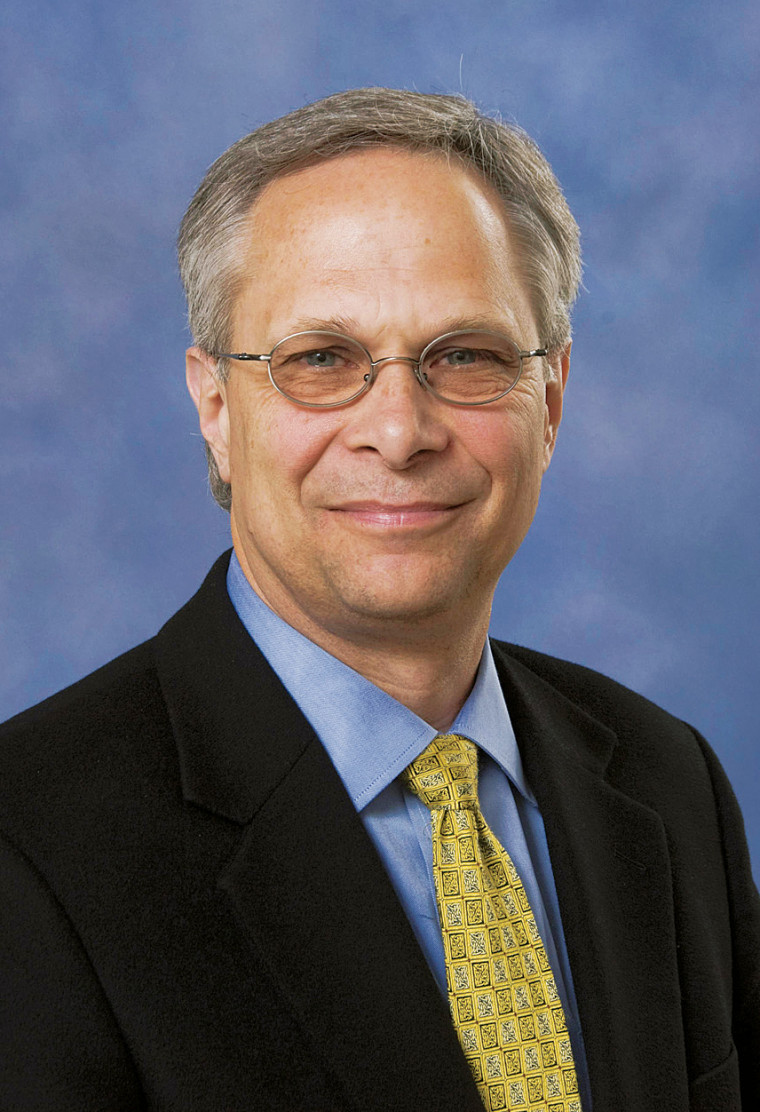Rob Larson Ed.D. ’08: Advancing Leadership for Equity in Oregon Schools
Open gallery

Advancing Leadership for Equity in Oregon Schools
As the storyline of the video unfolds, principal Will Flores speaks in Spanish to a shy, smiling young boy on the playground of Vose Elementary School in Beaverton. In another vignette, Amy Collinge BA ‘03, a dual-language first-grade teacher, reads animatedly in Spanish to her English speakers and English learners, then sings to her students as she walks them to their buses. Later, viewers see other educators teaching in English, stressing cultural cues and inclusive experiences.
The video, titled Closing the Achievement Gap: Oregon’s Bold Plan, is a product of the Oregon Leadership Network. It is featured in “The Principal Story” on the Wallace Foundation website and is also scheduled to air on PBS in September. It’s one of many projects that Rob Larson is involved in to highlight innovations in educational leadership.
Larson is director of the Oregon Leadership Network and federal liaison to Oregon’s superintendent of public instruction. He has secured $4 million over nine years to fund the Oregon Leadership Network; developed and implemented state policy for the No Child Left Behind Act; and advocated for numerous policy positions on children’s health care, rural education, federal appropriations, teacher development, and career and technical education.
“For the last 50 years, we as educators have not been successful with 30 to 40 percent of students in Oregon–and across the nation,” he says.
Since the 1980s, the Hispanic student population in Oregon has increased more than 720 percent, from approximately 10,000 students in 1980 to more than 100,000 projected students in 2010; overall minority numbers have doubled. Unfortunately, the educational system has failed many of these students. In Beaverton alone, 50 percent of African American and Hispanic children don’t graduate, making them eight times more likely to spend part of their adult lives in prison.
To Larson, those statistics are grossly unacceptable.
“I’m a huge advocate for equity and cultural competency, which in the simplest terms means the ability to successfully teach any child from any culture,” he says. “In 2005, Oregon became the only state in the nation that revised its administrative standards to integrate cultural competency into professional licensure standards.”
Lewis & Clark’s Graduate School of Education and Counseling has been on board from the state’s earliest discussions, helping to explore the issues of equity and cultural competency, says Larson.
Larson sees school administrators as agents of change–risk takers who inspire their colleagues to take on difficult and challenging issues that result in a more sound, sustainable education system.
With support from the Wallace Foundation, the Oregon Leadership Network has been able to build a base–and a case–for the importance of strong, innovative leadership in schools.
“People are more willing now to have difficult conversations, to reflect more openly about the shortcomings in equity, and take bold action to effect change,” says Larson. “Leaders are looking at their own biases as well as patterns of discrimination.”
Larson says that change may involve matching the most experienced teachers with the greatest student need, moving forward with dual-language immersion programs, and expanding the ranks of minority teachers and administrators.
Even though the Wallace Foundation grant will end next year, the state’s drive to close the achievement gap will not, says Larson. “We must keep the discussion of leadership in cultural competency on the table. School leadership is second only to quality teaching in reshaping education in Oregon.”
–by Pattie Pace
More L&C Magazine Stories
Lewis & Clark Magazine is located in McAfee on the Undergraduate Campus.
MSC: 19
email magazine@lclark.edu
voice 503-768-7970
fax 503-768-7969
The L&C Magazine staff welcomes letters and emails from readers about topics covered in the magazine. Correspondence must include your name and location and may be edited.
Lewis & Clark Magazine
Lewis & Clark
615 S. Palatine Hill Road MSC 19
Portland OR 97219

